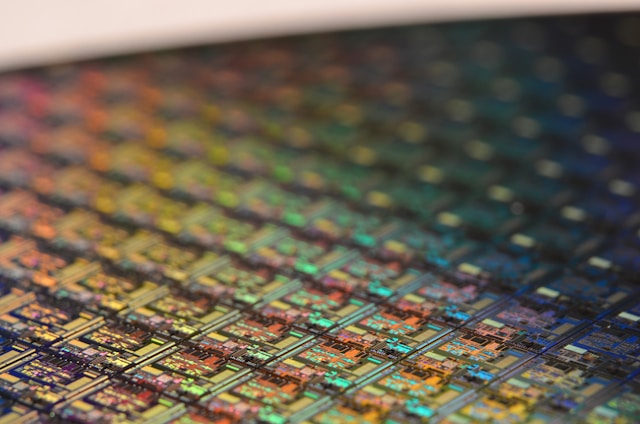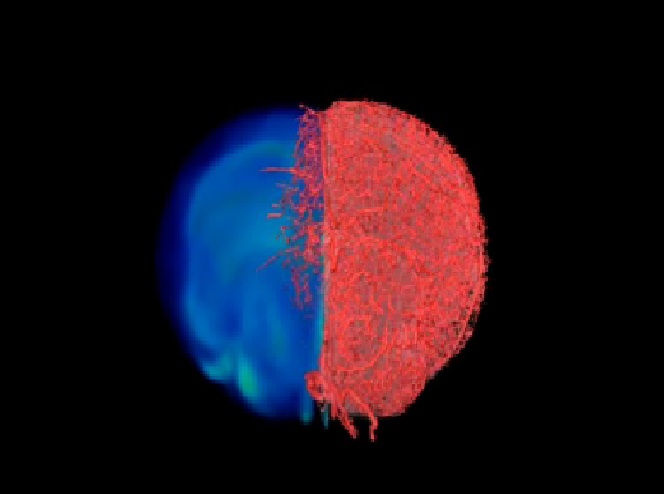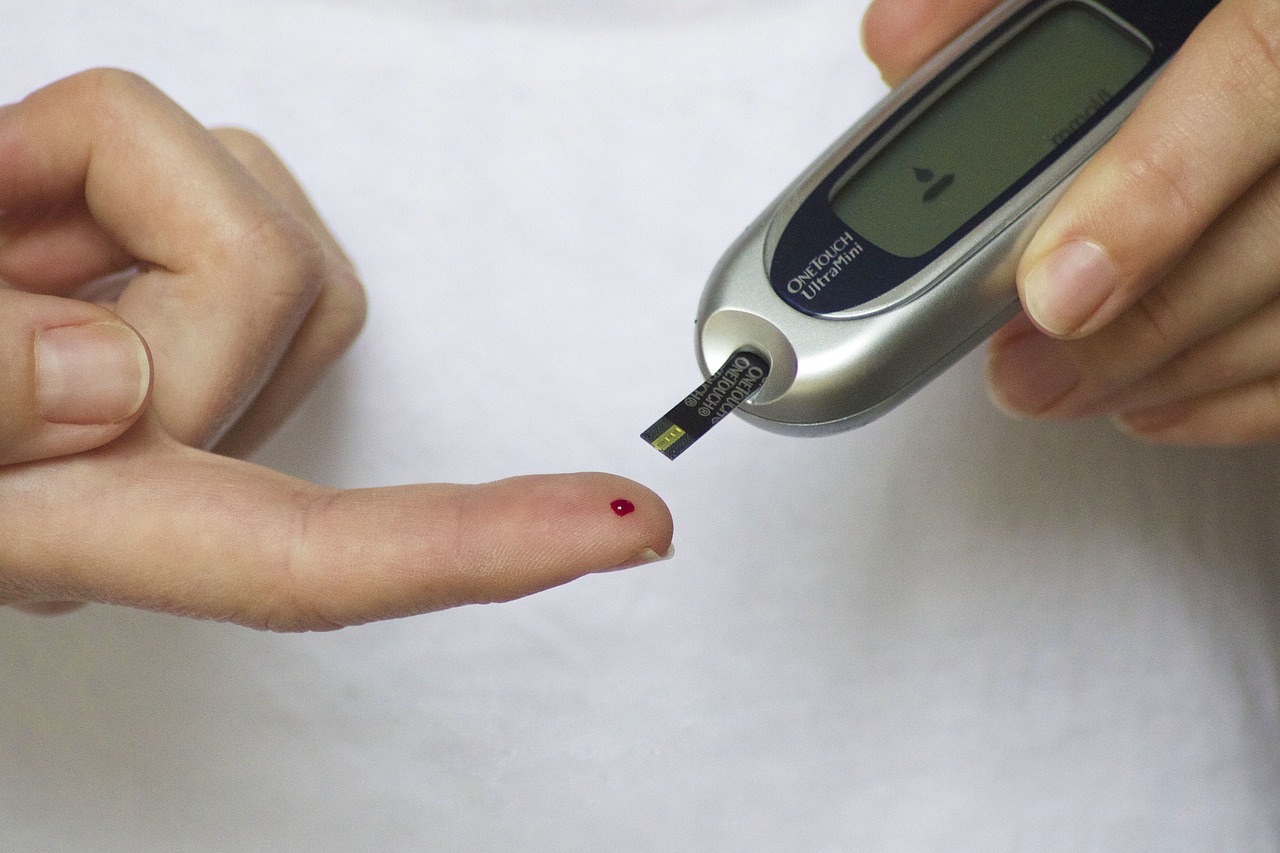Scientists from Tsinghua University in Beijing and the Beijing National Research Center for Information Science and Technology have unveiled a microchip, called Taichi, that uses light to run AI tasks while providing more energy efficiency.
As AI technologies have advanced, their hunger for computational power also has increased when they run on conventional electronics, raising significant environmental concerns.
Although efficient for solving relatively simple problems, the setup is incredibly power-hungry when it comes to complex AI. Data centers powering AI operations consume about 200 terawatt-hours annually, which is considered to be equivalent to the energy consumption of some small countries. A 2022 Nature study reported that OpenAI spent US $4.6 million to run 9,200 GPUs for two weeks to train its state-of-the-art neural network GPT-3.
In addition, today’s computer chips don’t mesh well with AI because of their structure, making shuttling data between them takes up enormous amounts of energy and time. When the algorithms grow and become more complex, they’re increasingly pressuring current computer chips. Although companies have designed chips tailored to AI to reduce power draw, they all use electricity.
Taichi combines two types of light-based processing into its internal structure to reduce the energy required for neural network tasks, a critical component of AI systems.
The chip is made of multiple components called chiplets and each chiplet performs its own calculations in parallel. One was set up to analyze diffraction, which made it possible to compress large amounts of data in a short period while another was embedded with interferometers to provide interference to make it easily reconfigured between tasks. Then, the results are integrated to reach a solution.
Compared to optical chips, Taichi is more accurate for simple tasks. When separating images over 1,000 categories, Taichi was successful nearly 92 percent of the time, matching optical chip performance, but cutting off energy consumption over a thousand-fold.
Although the Taichi chip is compact and energy-efficient, there’s still much further to go. Currently, it still requires a lot of other systems, which can be more bulky than a chip, such as a laser source or high-speed data coupling.







